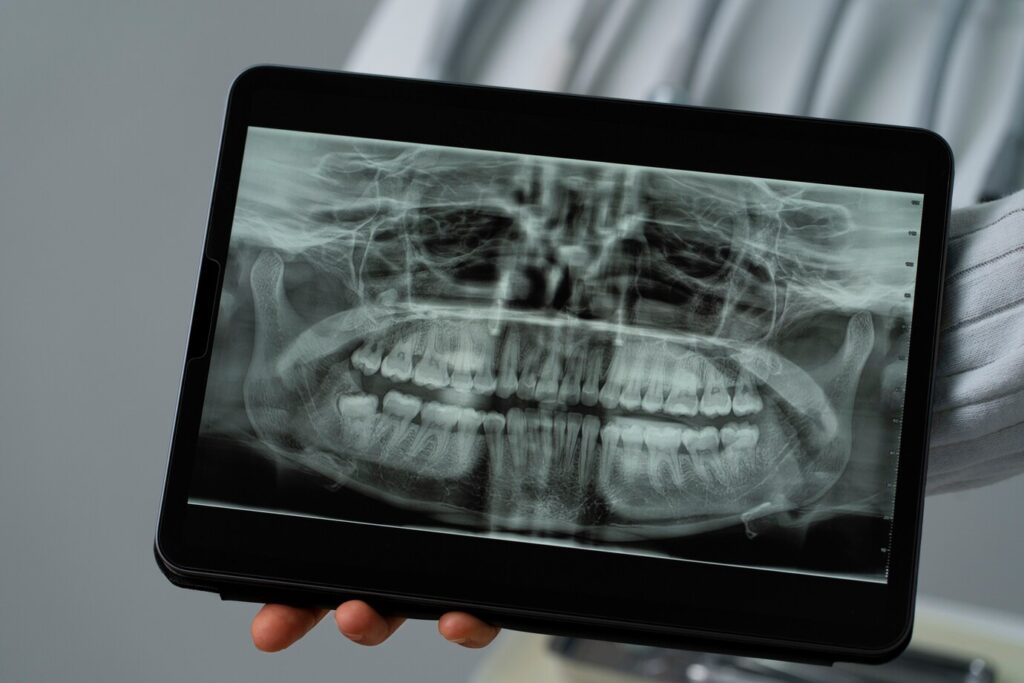20 year old teeth
Enduring the emergence of wisdom teeth can be an uncomfortable chapter in one’s dental journey. As the last adult teeth emerge to the surface, 20th teeth or wisdom teeth become problematic over time as they have difficulty adapting to the existing structures of the jaw. Failure to intervene in the extraction of impacted wisdom teeth may lead to abscesses, permanent pain, and various disorders that may harm general oral health. If left untreated, the impact goes beyond the wisdom teeth and causes great damage to the surrounding teeth and gums.

20 How Long Does Impacted Tooth Extraction Take?
Embarking on the journey of extracting 20 impacted teeth is a major dental undertaking that requires careful consideration. The duration of such an extensive teething procedure varies depending on factors such as the complexity of each case and the patient’s overall oral health. On average, extraction of impacted teeth can take several hours and may be spread over multiple appointments to ensure precision and patient comfort. The process involves meticulous planning, specialized tools, and the expertise of a skilled oral surgeon to successfully navigate the complexities of impacted tooth extraction.
Is Impacted Tooth Surgery Difficult?
Surgical removal of impacted teeth poses unique challenges that require a high level of skill and expertise from dentists. The difficulty of impacted tooth surgery depends on factors such as the location of the tooth, its relationship with surrounding structures, and the individual anatomy of the patient. Although it is considered a complex procedure, advances in dentistry techniques and technology have significantly increased the precision and success rates of impacted tooth surgeries. Dental professionals, especially oral surgeons, use their expertise to navigate complexities and ensure a smooth and successful surgical outcome.
How to Extract an Impacted Wisdom Teeth?
Extraction of an impacted wisdom tooth requires a carefully performed surgical procedure to relieve pain and prevent potential oral health problems. The process usually includes the following steps:
Initial Evaluation: The dentist performs a comprehensive examination, usually including x-rays, to evaluate the position and orientation of the impacted wisdom tooth.
Anesthesia: Local or general anesthesia is applied to ensure the patient’s comfort during the extraction procedure.
Incision and Bone Removal: An incision is made in the gum tissue and, if necessary, access is gained by removing some of the bone covering the impacted tooth.
Tooth Extraction: Impacted wisdom teeth are usually carefully extracted in sections to facilitate a smoother removal process.
Closure: The incision is stitched to allow proper healing of the surgical site.
Recovery after impacted wisdom tooth extraction may include postoperative care instructions, including pain management and oral hygiene practices. Following these guidelines is crucial for a quick and comfortable recovery.
